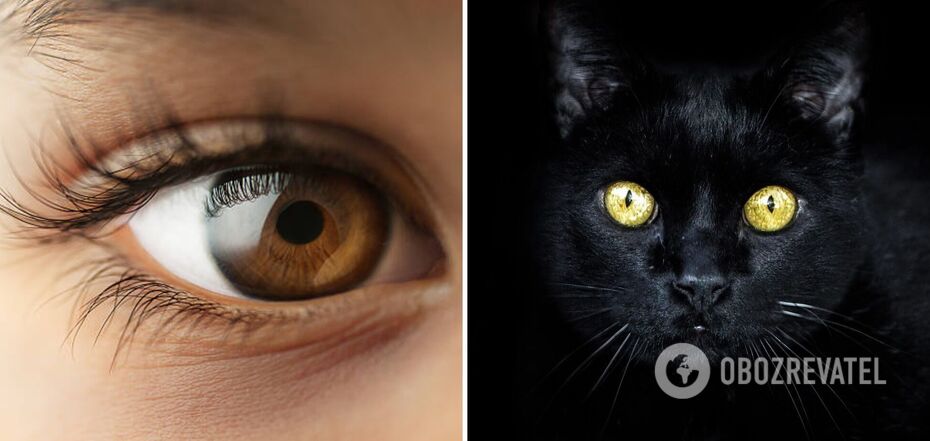Life
Scientists have learnt to "switch on" night vision in humans: how it works
Walking home in the unlit streets, the thing you want most is to have night vision, like a cat that can see everything perfectly even in complete darkness. Scientists do not promise that they will be able to provide people with this superpower, but they claim that they have learned to restore the ability to see in the dark to those who were genetically incapable of doing so.
According to Live Science, the experimental gene therapy performed on two people with a rare hereditary eye disease gave such results. The authors of the study reported on the interim results of their work in the October issue of the iScience journal.
The subjects of the researchers from the University of Florida Health, who, along with other colleagues, are participating in the study, are people suffering from Leber congenital amaurosis. This disease is diagnosed in about 3 children per 100,000. It is caused by a genetic defect in the retina where light-sensitive cells die and do not regenerate. This leads to night blindness, severe visual impairment or even complete loss of vision.
The study participants suffer from Leber's amaurosis of the first type. This means that they carry two defective copies of the GUCY2D gene. Normally, light-sensitive cells in the retina send an electrical signal to the brain after exposure to light, and the protein encoded by GUCY2D then helps to reboot the cells, preparing them to fire again. GUCY2D is particularly important for rods, the light-sensitive cells that provide night vision, because it allows this cycle to unfold even in the dark.
A disruption in this gene stops the cycle, and the cells involved in it cannot be activated, although they remain structurally unchanged. So, in theory, by repairing the broken gene, people with this pathology could be restored to sight. Researchers have started working on the appropriate therapy.
To deliver a working copy of GUCY2D to the retina, they placed the gene in the protective shell of a modified adeno-associated virus. It is not pathogenic to humans and therefore serves as an effective transport vehicle for delivering the gene corrections.
The scientists then injected this "transport" with the correct DNA under the retina. Each participant received the treatment in only one eye, the other eye was left untreated in order to monitor the effectiveness of the therapy.
Two participants, a 19-year-old man and a 32-year-old woman, received high doses of treatment. Their results are discussed in the report. Prior to treatment, both had limited daylight vision, but virtually no night vision due to very low light sensitivity, about 10,000 to 100,000 times lower than normal.
Over the course of eight days of treatment, both participants' eyes became thousands of times more light-sensitive in low light conditions, their involuntary pupil response to light improved, and they became much more effective at navigating dark rooms. When the subjects were tested again three months after the treatment, it turned out that the sensitivity of the sticks continued to increase, and the women actually approached normal levels.
It's too early to talk about the final conclusions of the study, as it is still ongoing. Scientists are testing the new gene therapy for safety and effectiveness. Only when this work is completed will it be possible to talk about the approval of the method for widespread use. But the authors of the paper are optimistic.
In October, at the annual meeting of the American Academy of Ophthalmology, they presented a report with data on a much larger number of patients who wanted to try the experimental method on themselves. According to the report, the therapy caused minimal side effects in 15 subjects, including temporary inflammation, and nine patients who received high doses showed the greatest improvement in retinal sensitivity and vision.
As OBOZREVATEL previously reported, Polish doctors managed to restore sight to a Ukrainian woman from Sievierodonetsk and her two sons who had gone blind as a result of a Russian air strike.



























